At the turn of the 20th century, life looked a lot different in San Juan, Texas. A strict divide existed between the area’s white residents and their Mexican American neighbors, a line rarely crossed, which left the two groups segregated.
But in the late 1910s, one woman initiated a wave of change that still ripples through this region. Laura Lehman Mellenbruch, a white practical nurse, began offering her help to Mexican American families during the flu epidemic of 1918-1920. That care forged a bond between Mellenbruch and the families she assisted.
Though the flu abated, the connection between Mellenbruch and her Mexican American neighbors did not. During the early 1920s, she and her daughter Irene began holding Sunday school classes on porches, in a store and eventually in a school building.
Javier (Jay) Alanís, a retired ELCA pastor, said his mother and her siblings participated in those early gatherings, which eventually came to be St. John Lutheran, the oldest Hispanic-founded church in the ELCA. The congregation celebrates its 100th anniversary this year, and Alanís said those early moments of worship and fellowship helped lay the groundwork for the faith community that persists to this day.
“Irene was very smart and quick to learn Spanish, so she helped open the storefront church before a wood-frame church was built in 1924,” he said. “Irene would take my mother’s older sisters to Luther League, and my mother had very fond memories of Irene.”
Though most Mexican Americans in San Juan were Roman Catholic, Alanís said many of them wanted something different from the church experience they had in Mexico.
“The Mexican Revolution (1910-1920) spawned a lot of anticlerical fervor, and there was a sense that the Roman Catholic Church was not meeting their needs,” he said. “But my mother told me that people like my grandfather heard the Lutheran spin on the gospel and really liked it. They liked the Protestant feel, the singing and that children were learning Bible stories.”
Children played an integral role in the growth of St. John, particularly early on. After the first church was built, a parochial school and teacherage were erected next door. The school, which operated through 1955, became an important hub for the community and a gateway for Mexican American kids to succeed.
“My brother, who attended the school and later became the commissioner of education for the state of Texas, called it a Head Start before there was a Head Start,” Alanís said. “In his class of 1954, all the kids went to college, which was pretty amazing for Latino kids back then. Parents wanted their kids to learn, and it was great to have a school in the neighborhood and in a church setting.”
In 1961, Gilbert Olivas presided over the building of a new church for St. John. Having served an internship in Minnesota, Olivas became aware of “winter Texans,” who would escape the harsh winters of northern climes to spend the season in the South. The new church began welcoming some of these snowbirds, conducting services in English and Spanish.
“That started to make our church even more diverse, inclusive and welcoming,” Alanís said. “We were always welcoming and hospitable—that’s a big part of Latino culture. Some of the winter Texans said they love our church even more than their home church.”
Over the years, St. John has become a model for incorporating diverse communities within ELCA congregations. Alanís said the spirit of hospitality and belonging at St. John shows other congregations how differences can be overcome through love and faith.
“Our church became a bridge for building connections across diverse communities,” Alanís said. “While some other churches may have a good mix of people, ours has been full-flavored for the longest period of time. I think that has made us a model for other churches that struggle with cross-cultural ministry or incorporating diverse language and cultural expression in the church. We do it innately and intuitively—it’s very natural for us.”
As St. John looks forward to its next 100 years, Alanís said the congregation will continue to build on its rich history of love, acceptance and building community through Christ.
“We’re not only celebrating the past but also the future,” he said. “We’re living this vision of unity that we have nurtured over the years. The spirit is leading us into the future, and we’re not doing it as Latinos and Anglos—we’re doing it as one people led by the gospel.”
Read more about:


